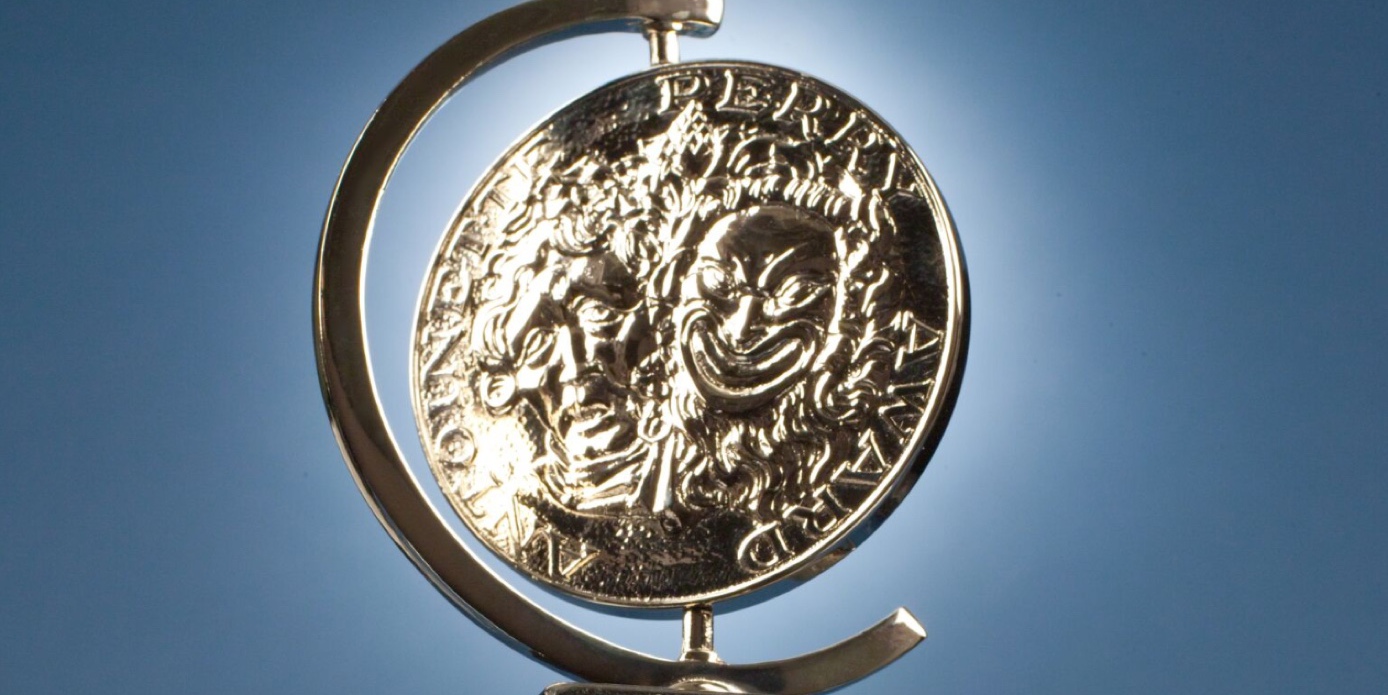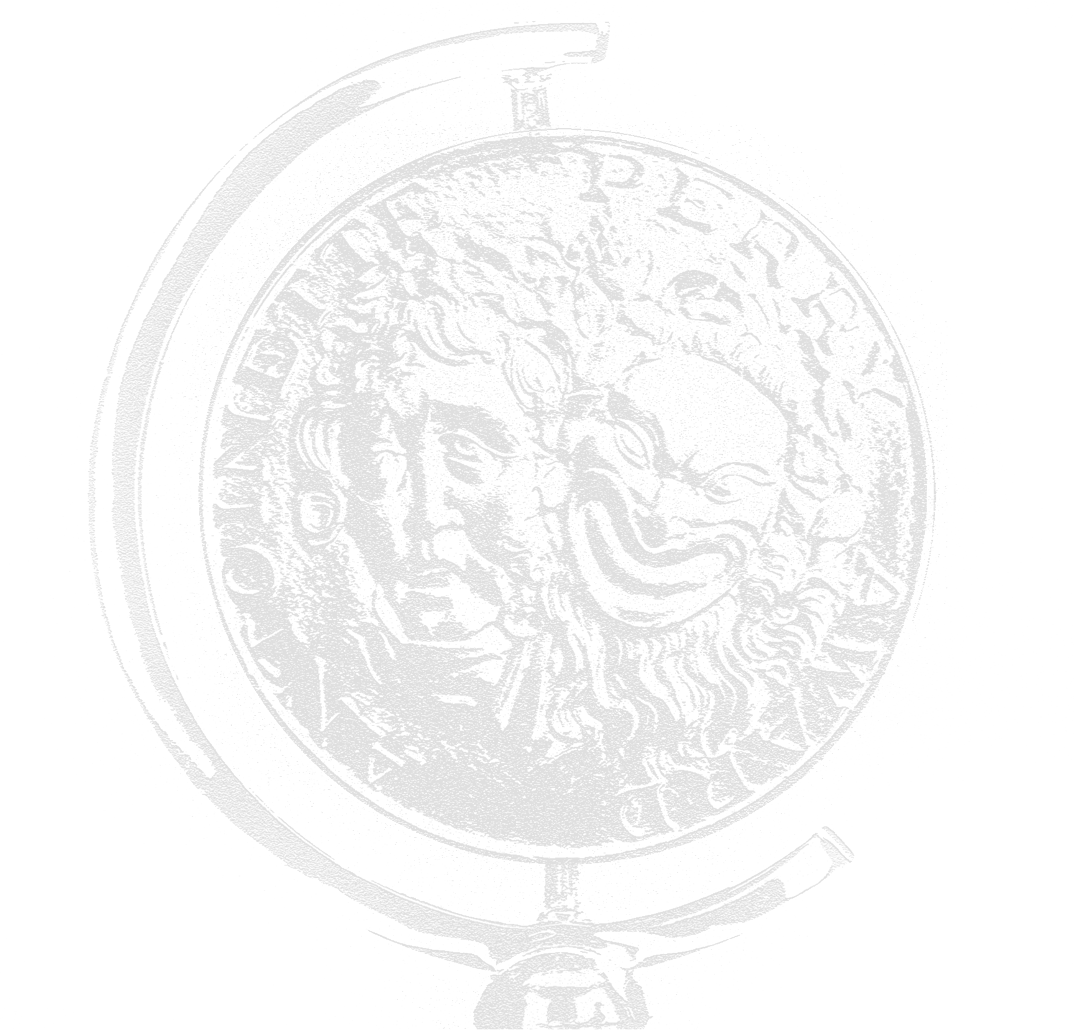Celebrating Excellence in the Theatre
The American Theatre Wing’s Tony Awards® got their start in 1947 when the Wing established an awards program to celebrate excellence in the theatre.
Named for Antoinette Perry, an actress, director, producer, and the dynamic wartime leader of the American Theatre Wing who had recently passed away, the Tony Awards made their official debut at a dinner in the Grand Ballroom of the Waldorf Astoria hotel on Easter Sunday, April 6, 1947. Vera Allen, Perry’s successor as chairwoman of the Wing, presided over an evening that included dining, dancing, and a program of entertainment. The dress code was black tie optional, and the performers who took to the stage included Mickey Rooney, Herb Shriner, Ethel Waters, and David Wayne. Thirteen winners were presented in ten categories, and there were six special awards, including one for Vincent Sardi, proprietor of the eponymous eatery on West 44th Street. Big winners that night included José Ferrer, Arthur Miller, Helen Hayes, Ingrid Bergman, Patricia Neal, Elia Kazan and Agnes de Mille.
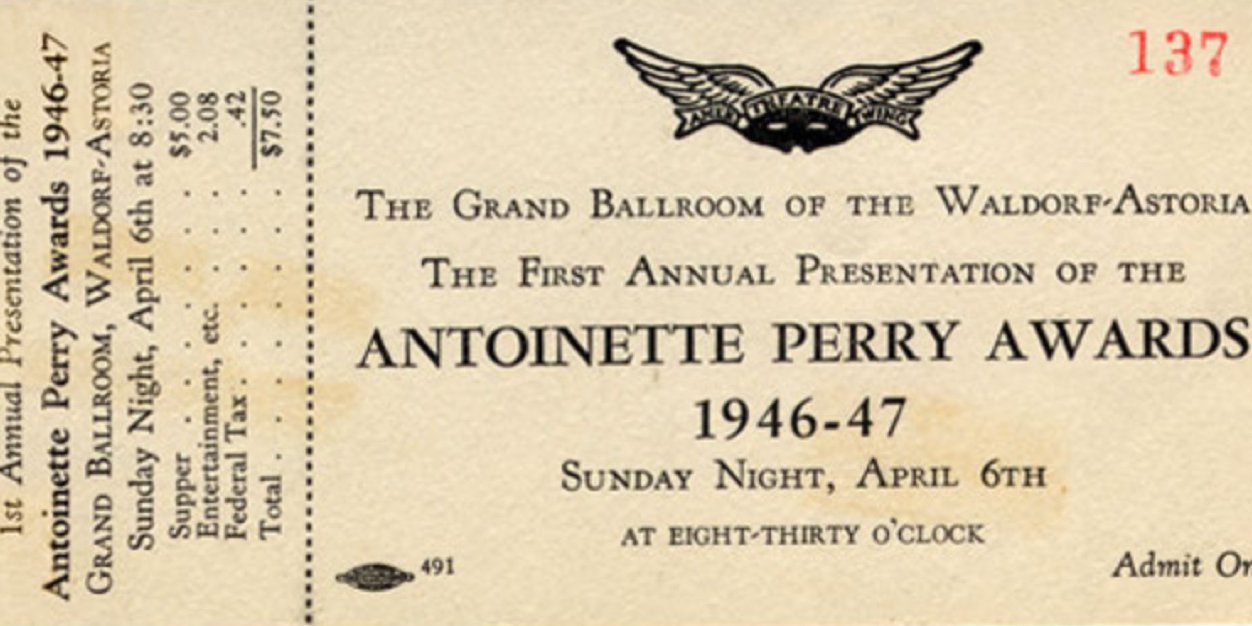
The Broadway community embraced the Tonys from the beginning. While the awards ceremony in its early years was smaller than it is today, the annual gala dinner quickly became one of the highlights of the New York theatre season. More than 1,000 guests attended the first Tony dinner in 1947.
In the 18 years that followed, the dinner and Tony Awards presentations took place in ballrooms of such hotels as the Plaza, the Waldorf Astoria, and the Astor. WOR and the Mutual network broadcast the awards ceremonies over the radio, and television coverage began in 1956 when Du Mont’s Channel 5 telecast them locally for the first time.
Entertainment was provided by such Broadway favorites and talented then-newcomers as Katherine Cornell, Guthrie McClintic, Ralph Bellamy, Joan Crawford, Alfred de Liagre, Jr., Gilbert Miller, Shirley Booth, Carol Channing, Joan Fontaine, Paul Newman, Geraldine Page, Anne Bancroft, Sidney Poitier, Fredric March, Robert Goulet, Gig Young, Anna Maria Alberghetti, Henry Fonda, and many others.
In spite of the untimely death of Helen Menken, then chairwoman of the Wing, the 1966 Tony Awards were presented at the Rainbow Room. The ceremony was subdued and, for the first and only time, held in the afternoon without entertainment. The following year the Tony ceremony was once again a gala affair, but with a key difference. With Isabelle Stevenson as its new president, the Wing invited The Broadway League—then known as the League of New York Theatres—to co-present the Tonys in 1967, just in time for the ceremony’s inaugural broadcast on network television. For the first time, a national audience could watch the presentation of Tony Awards.
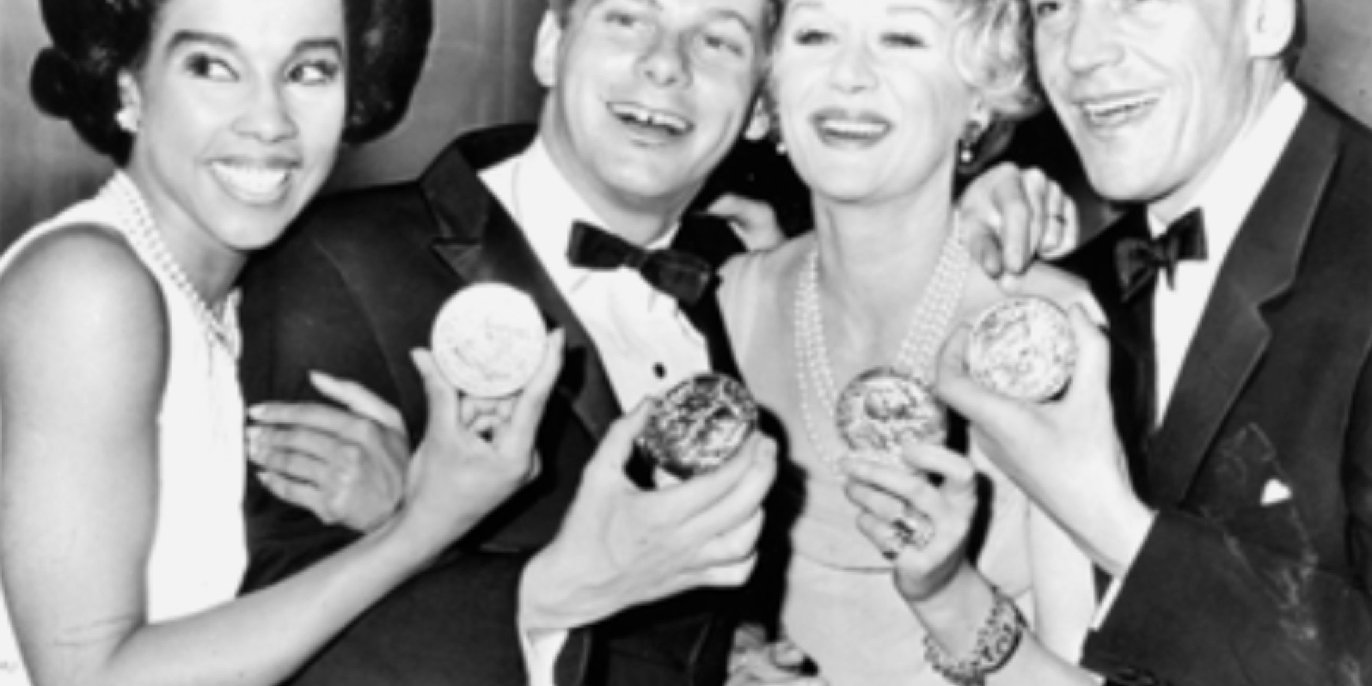
Alexander H. Cohen produced the historic broadcast, which lasted only an hour, and organized a celebratory gala that followed immediately afterward. That year the Tonys moved from their traditional hotel ballroom setting to a Broadway theatre—the Shubert. Cohen continued to produce the awards ceremony and the gala dinner for the next two decades, overseeing their national telecast on various networks on behalf of the League and the Wing. During his tenure, the Tonys became known as the finest awards program on television, incorporating live performances with the bestowal of actual awards. The Cohen era ended in 1987, and that year the Wing and the League created Tony Award Productions, a joint venture that has continued to produce the awards and their related events to this day.
CBS began carrying the awards ceremony in 1978, and has broadcast the Tonys nationally every year since. For six years beginning with the 51st annual awards presentation in 1997, the Tony Awards program aired under a unique partnership between CBS and PBS. A one-hour PBS special covered 10 awards, followed immediately by the CBS broadcast. However, beginning in 2003, CBS devoted an entire three-hour time slot to the Tonys. The result has been a seamless awards and entertainment program broadcast on that network. The Tony program has received numerous Emmy Awards during the CBS era, and is broadcast each June in many countries across the globe.
The Tonys celebrated a milestone in 1997 when the awards ceremony moved away from Broadway for the first time in three decades. For all but one of the years between 1997 and 2010, Tony night took place each June at New York’s celebrated Radio City Music Hall. Since 2011, the ceremony has been held either at Radio City or at the Beacon Theatre on Manhattan’s Upper West Side.

The Tony Awards continues to grow and expand its reach globally. In 2000, TonyAwards.com launched and immediately became the definitive resource for information about the awards. Today the Tony Awards online social media presence includes Facebook, Twitter, Instagram, YouTube, Snapchat, and other platforms. In addition to the CBS telecast, fans can watch the show online via CBS All Access, and purchase individual performance segments and the entire show on iTunes and Amazon. The telecast is now broadcast on six continents as Broadway fans worldwide join the Tony Awards in celebrating theatrical excellence.
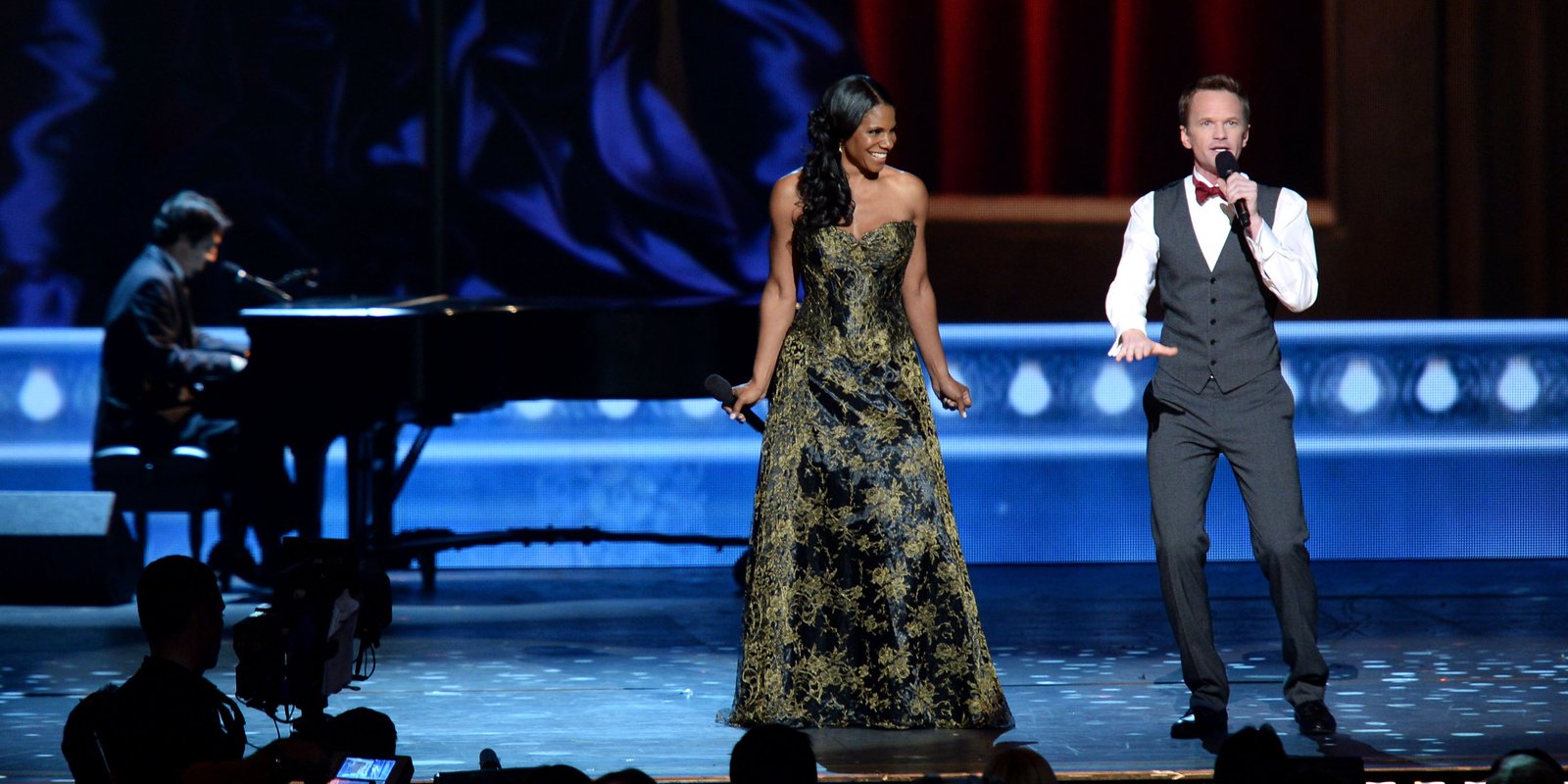
During the first two years of the Tonys (1947 and 1948), there was no official Tony Award. The winners were presented with a scroll and, in addition, such mementos as a gold money clip (for the men) and a compact (for the women).
In 1949 the designers’ union, United Scenic Artists, sponsored a contest for a suitable model for the award. The winning entry was a disk-shaped medallion designed by Herman Rosse that remains the official Tony Award to this day. The medallion was initiated that year at the third annual dinner.
Since 1968, the Tony medallion has been mounted on a black pedestal with a curved armature. Each award is numbered for tracking purposes. The front of the award depicts the masks of comedy and tragedy, and the reverse is engraved with the winner’s name, the award category, the production, and the year.
